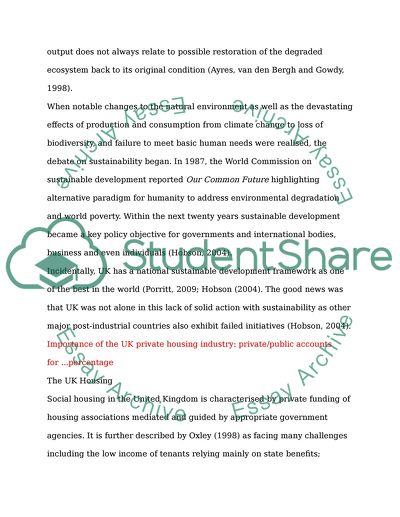Cite this document
(“Is the private sector creating sustainable housing developments within Dissertation”, n.d.)
Retrieved from https://studentshare.org/family-consumer-science/1421884-is-the-private-sector-creating-sustainable-housing
Retrieved from https://studentshare.org/family-consumer-science/1421884-is-the-private-sector-creating-sustainable-housing
(Is the Private Sector Creating Sustainable Housing Developments Within Dissertation)
https://studentshare.org/family-consumer-science/1421884-is-the-private-sector-creating-sustainable-housing.
https://studentshare.org/family-consumer-science/1421884-is-the-private-sector-creating-sustainable-housing.
“Is the Private Sector Creating Sustainable Housing Developments Within Dissertation”, n.d. https://studentshare.org/family-consumer-science/1421884-is-the-private-sector-creating-sustainable-housing.


